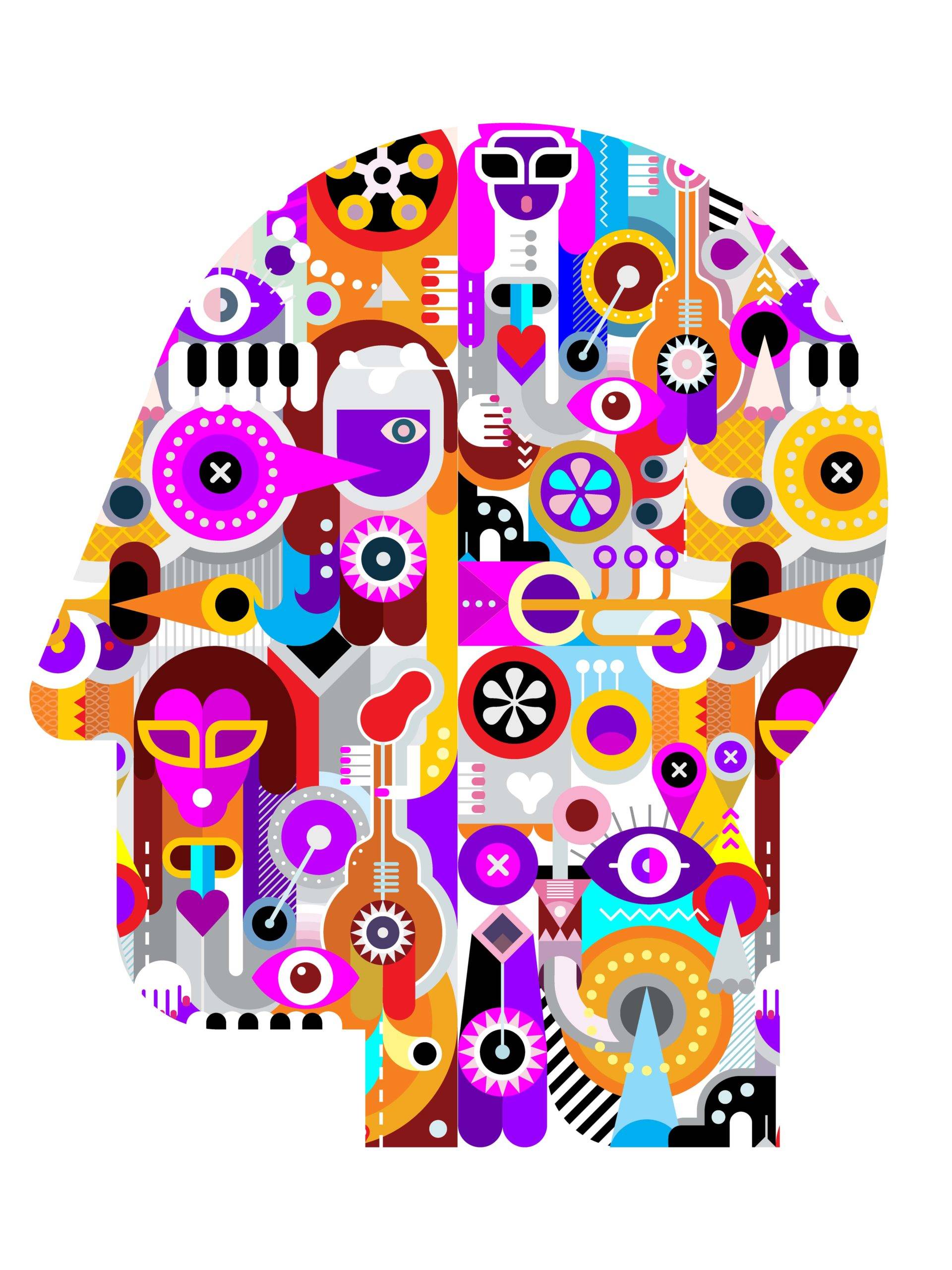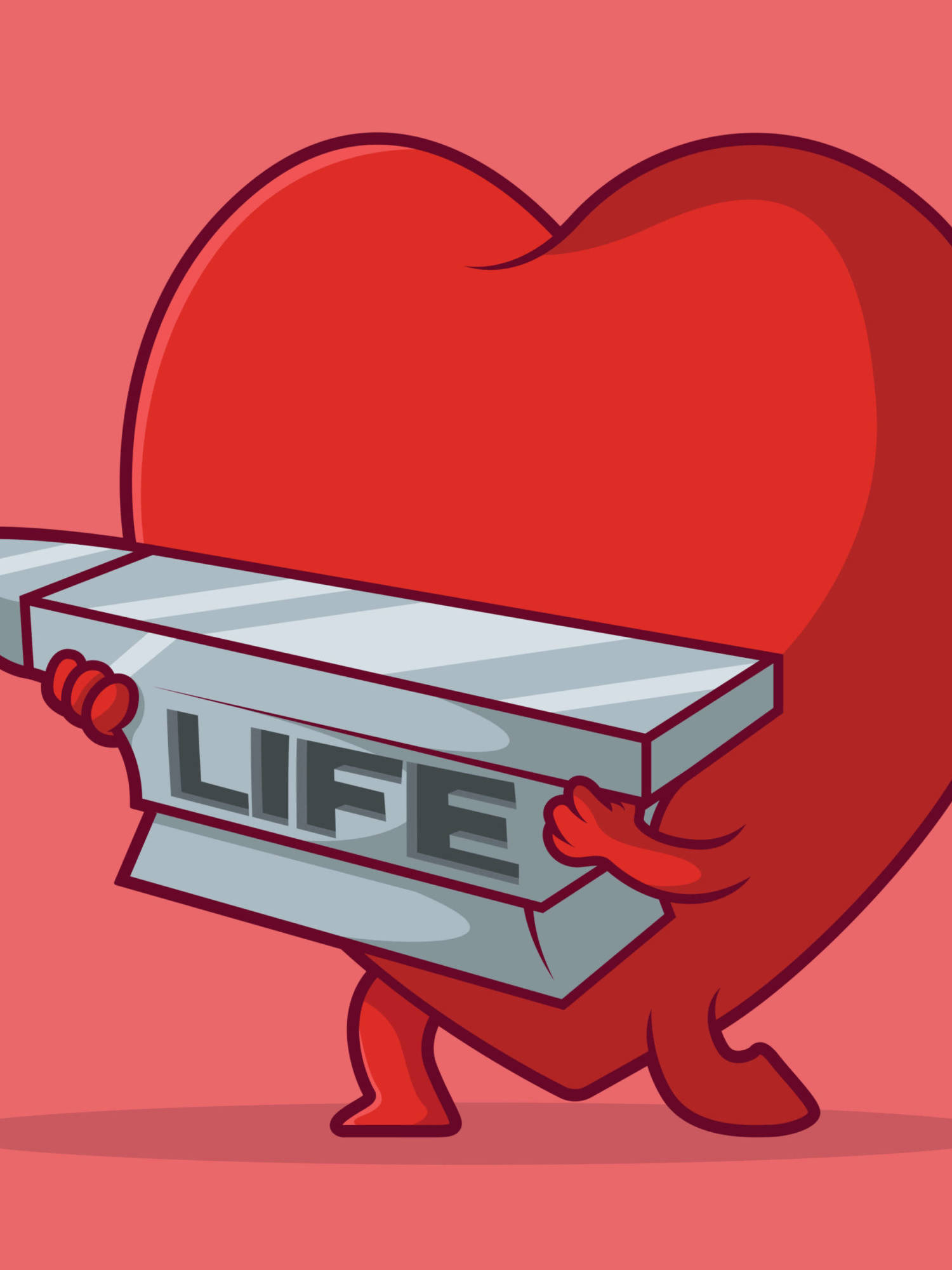Who
About Us
The Red Door
The Red Door (TRD) was set up in 2011 by Reshma Valliappan and Aparna Sanyal. The idea behind TRD came from what was already a growing movement across the world – to form an intersectional response to emotional distress. This understanding came from cutting-edge research in the social and neuro sciences, being used in successful models of recovery in mental illness in different parts of the world.
Over the years, The Red Door has become an important voice for advocacy in mental health. It has presented at UN conventions, been part of government consultations and shared its perspectives at multiple civil society conferences.
In the past, we have worked with street children, professionals and students. We have organized workshops, events and a festival on mental health.
Reshma is an artist, with a diagnosis of Schizophrenia, while Aparna is a documentary filmmaker.
How it all began
In 2010, Reshma and Aparna collaborated on a film that used the considerable research that has emerged on the use of alternative routes to craft better mental health outcomes. The film, ‘A Drop of Sunshine’ went to several film festivals, and won multiple awards. More importantly, it began to be used to initiate conversations around ideas of ‘recovery’, and was (and is) often included in Psychology classrooms.
The film chronicled Reshma’s journey with Schizophrenia since 2002, and the way in which she was able to craft her recovery. There is now more than enough research to show that her recovery was neither a miracle, nor an outlier. Indeed, similar methods are used by people and experts across the world to create lives of meaning for people with even the most severe of diagnoses.
In 2011, Reshma and Aparna decided that there was a need to spread this message of hope – that it was important to present the point of view of the ‘real’ experts: those who had gone through emotional distress severe enough to earn them psychiatric ‘labels’.
For us, those going through feelings of distress are partners in the process of healing and recovery, and we believe that empowering them to own their feelings and trauma is key to helping them.
〰
Focus on Quality
The Red Door became a platform for people of every age and background – to embark on a journey to explore themselves using creativity
Nature
TRD does not discriminate on the basis of race, colour, gender, sexual orientation, creed, religion, national or ethnic origin. Nor do we discriminate on the basis of social, economic and psychosocial or physical experience, status or ability.
What We Do
Conduct events that are centred around symbolic, thematic story narration, audience engagement and creative self expression through art.
Our Core Belief
We believe that by finding expression for our hidden depths through art, painting, colour, movement, music, self expression – we reach out to each other and build collective human intentions that will shape how we accept and nurture our differences.
The inability to do so comes from stigma, feeling alone, and a belief that one is incapable. By introducing creative tools that are easily Available, Accessible and Affordable (3A step), the individual can be given a road to healing while on the journey of recovery .
It is not necessary that they have a psychiatric label. When each can ADOPT creativity as a part of their life – it will allow them to ACCOMMODATE others who would be different. This we understand to be the subtle power of creativity.
At the same time it became equally important for us to keep in mind Environmental Accessibility, Education and Employment (3E needs) for PLMIs (Persons with Mental Illness). There is no applicability of UNCRPD general terms such as Accessibility, Reasonable Accommodation or Universal Design simply because no human mind functions the
- Diagnostic criteria along with recovery models have always been based on Western standards.
- There is a lot of infantilizing that is invisible in mental health recovery that perpetuates co-dependency of caregivers and those in recovery. same as it is influenced by emotional, mental, religious, physical, spiritual, and creative quotients ALL of which are denied to PLMIs. Majority of PLMIs have SOCIAL issues; social adjustment, social anxieties, social interaction, etc. They are devoid of basic human interactions for a large part of their lives making it difficult to function in a world that already stigmatises them.
In an ideal world this text wouldn’t exist, a client would acknowledge the importance of having web copy before the design starts. Needless to say it’s very important, content is king and people are beginning to understand that. However, back over in reality some project schedules and budgets don’t allow for web copy to be written before the design phase, this is sad but true. We’re here to help, we’ve written examples of web copy for over 40 industries for you to use at concept phase of your projects to bring a little life and realism to your designs and help you think about who and what you are designing for. We want clients and designers alike to think about their graphic design.
〰
Our Factory
In an ideal world this text wouldn’t exist, a client would acknowledge the importance of having web copy before the design starts. Needless to say it’s very important, content is king and people are beginning to understand that. However, back over in reality some project schedules and budgets don’t allow for web copy to be written before the design phase, this is sad but true. We’re here to help, we’ve written examples of web copy for over 40 industries for you to use at concept phase of your projects to bring a little life and realism to your designs and help you think about who and what you are designing for. We want clients and designers alike to think about their graphic design.






